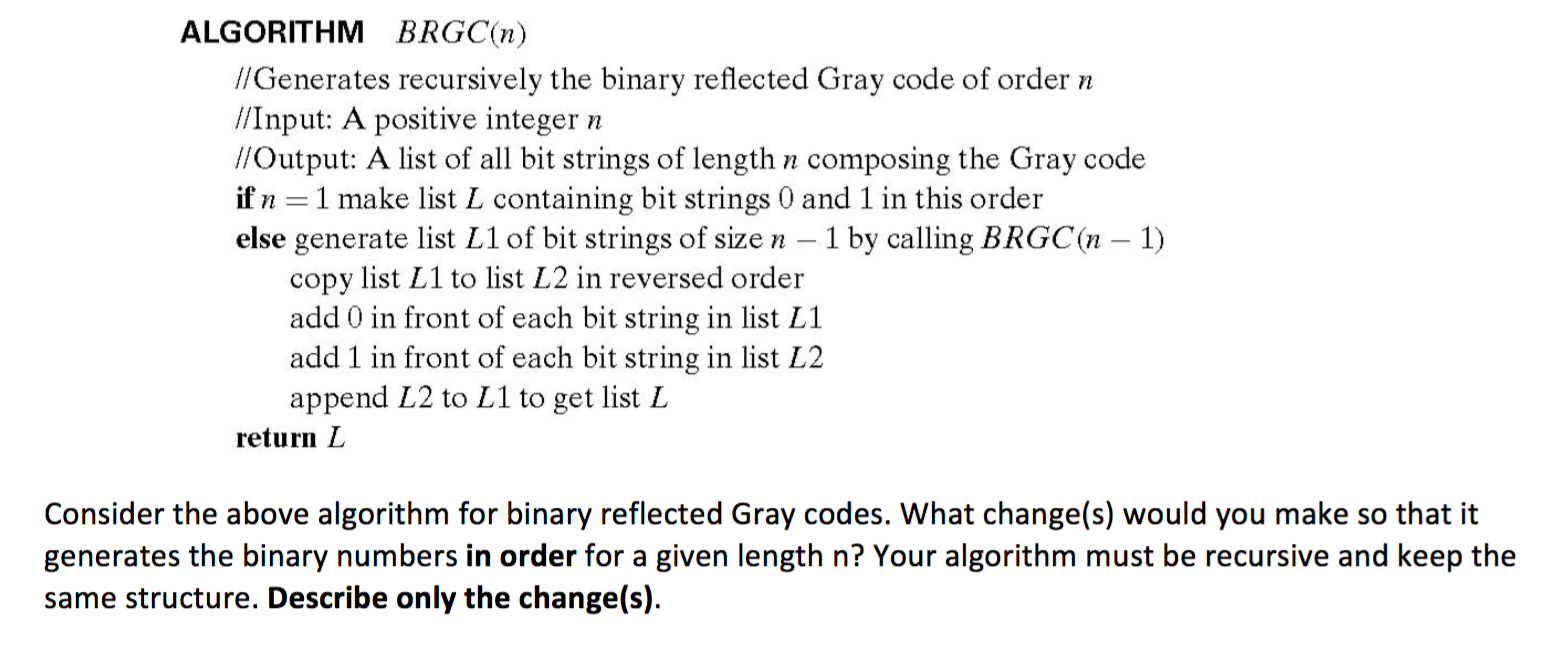A binary reflected Gray code, also known as a "Gray code," is a type of binary code that is used to represent numbers in a way that minimizes the number of changes required to move between consecutive numbers. This is particularly useful in applications where it is important to avoid errors or ambiguities when representing and manipulating numerical data.
The Gray code was first proposed by Frank Gray, an American researcher, in 1947. It is based on the idea of "reflected" binary code, which means that each number is represented by a sequence of binary digits (0s and 1s) that is reflected about the midpoint of the sequence. For example, the Gray code for the number 4 (100 in binary) would be 011, with the leftmost digit being "reflected" to the right side of the sequence.
One of the key advantages of the Gray code is that it allows for a minimal number of changes to be made when transitioning from one number to the next. For example, when moving from the number 4 to the number 5 (101 in binary), only a single digit needs to be changed (from 0 to 1). This is in contrast to standard binary code, which would require two digits to be changed (from 100 to 101). This makes the Gray code less prone to errors and more suitable for use in applications where errors must be avoided, such as in telecommunications or control systems.
In addition to its error-reducing properties, the Gray code is also useful because it can be easily implemented in hardware. This is because the code can be generated using a simple lookup table, which allows for fast and efficient encoding and decoding of numerical data.
Despite its many advantages, the Gray code is not without its limitations. One of the main drawbacks is that it is not as efficient as other codes when it comes to representing large numbers. This is because the Gray code requires more digits to represent larger numbers, which can lead to a decrease in efficiency.
Overall, the binary reflected Gray code is a useful and important tool for representing and manipulating numerical data in a variety of applications. Its error-reducing properties and hardware implementation make it a valuable tool in fields such as telecommunications and control systems, and it continues to be widely used and studied in the field of computer science and engineering.








